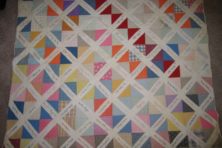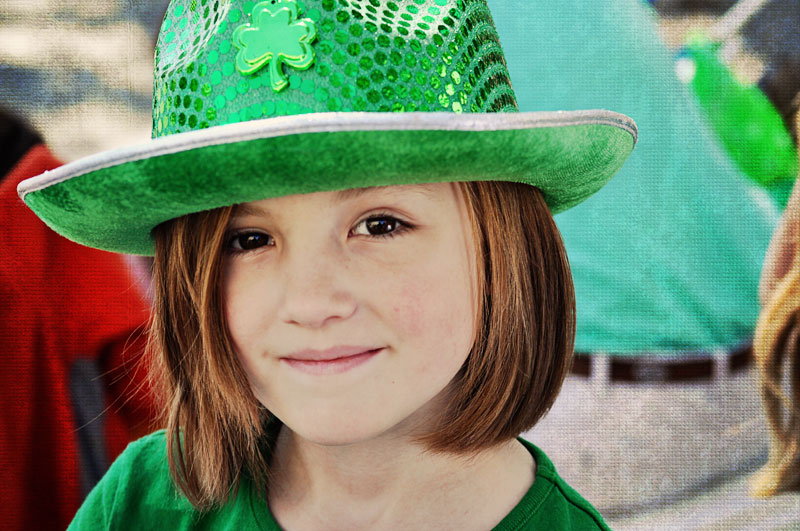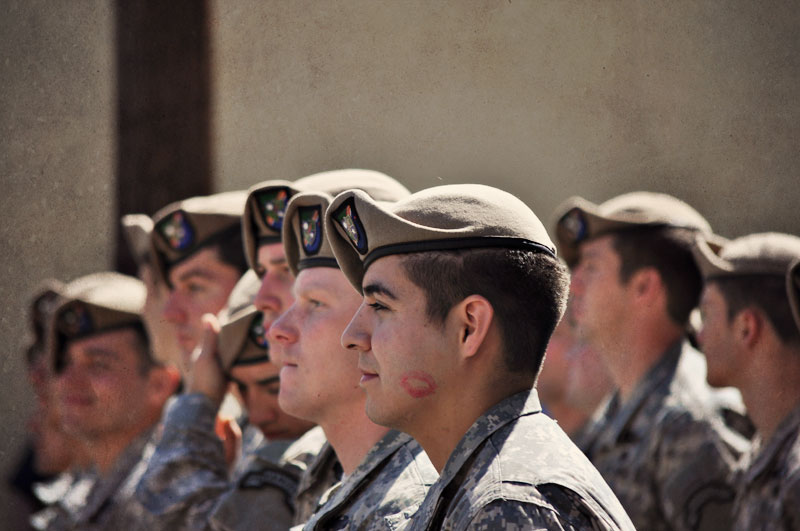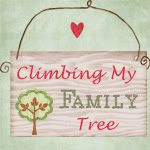Week 11: Illness and Injury. Describe your childhood illnesses or injuries. Who took care of you? Did you recuperate in your own bed, on the couch in front of the television, or somewhere else?
This challenge runs from Saturday, March 12, 2011 through Friday, March 18, 2011.
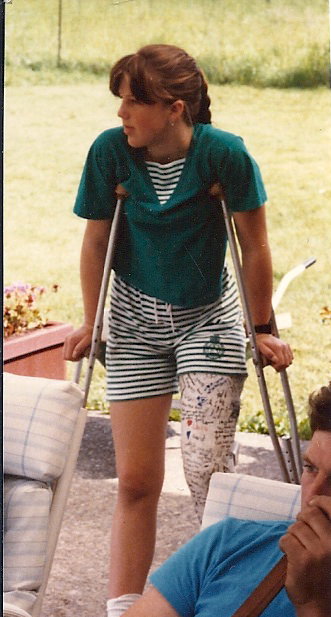 The injury that sticks out the most in my memory is the time I broke my leg.
The injury that sticks out the most in my memory is the time I broke my leg.
I was at the end of my 8th grade year. It was lunchtime and after I ate, I headed out to the field to play some baseball. I lived in Washington, so it’s no surprise that the grass was wet. We weren’t on a normal baseball diamond, just grass.
I hit the ball and as I was running past first base, I attempted to slow down, but couldn’t. I slipped on the wet grass, flew up into the air, and landed with my left leg underneath my body.
I got up and hobbled to the side of the field. I wasn’t sure what was wrong with me, but I knew that something wasn’t right. I wasn’t necessarily in a ton of pain, but I started to feel woozy and I definitely couldn’t walk.
Two friends carried me up to the front office of the school. My P.E. teacher, Mr. Mauri checked my leg. It was the 80’s and I was wearing some tight jeans. My jeans actually had zippers on the ankles, so that they were easier to get on. They were my favorite pair. And he cut them with a pair of scissors. (I of course realize now that this was necessary. At the time I was devastated to lose my acid-washed jeans).
Upon seeing my leg, it was very apparent that it was broken. Thankfully, it wasn’t poking through the skin or anything gross like that, but there was a definite bump on my leg and it was beginning to swell.
They tried calling my parents, but there was no answer at home. I think that my mom was at home, but didn’t hear the phone. They called my best friend’s mom instead and she showed up at the school and rode with me in the ambulance to the hospital. Yes, I got to ride in an ambulance.
By this time, it was starting to hurt. Every bump of that ride was painful, but I made it. 🙂
When I got my X-rays back, it showed that I had broken my tibia completely and had cracked my fibula over halfway through. Yikes!
Bad news for a 13 year old at the beginning of summer (I think it was May when it happened).
I spent my ENTIRE summer with a cast on. The first couple month and a half (or so) it was up to my thigh. Bathing was hard. Seeing my friends swim at the lake was even harder. It was hot and uncomfortable and I was on crutches, hobbling around for weeks.
Then, the doctor cut it down below my knee. I couldn’t believe how hard it was for me to bend my knee. I was still on crutches, but I feel so free with only half a cast.
After that cast came off, another was put on – this time a walking cast. I no longer needed crutches and I got around pretty well.
When that came off (right before school started again) I was put back on crutches. I had to gradually put weight on my leg, a little at a time, until I could work myself up to walking normally.
Let me tell you that being on crutches for your first few weeks of high school was not fun. I often hid the crutches in my locker and walked without them. And when I returned to the doctor, I was scolded for it and had to stay on them even longer. Darn.
I eventually did wean myself off the crutches though and ended up joining the basketball team that winter. Now that was a good way to build those muscles back up!
The only other thing I have ever broken is my finger – playing volleyball. I honestly think that the finger hurt more when it happened – but it healed MUCH quicker!!
52 Weeks of Personal Genealogy & History by Amy Coffin is a series of weekly blogging prompts (one for each week of 2011) that invite genealogists and others to record memories and insights about their own lives for future descendants. You do not have to be a blogger to participate. If you do not have a genealogy blog, write down your memories on your computer, or simply record them on paper and keep them with your files.




